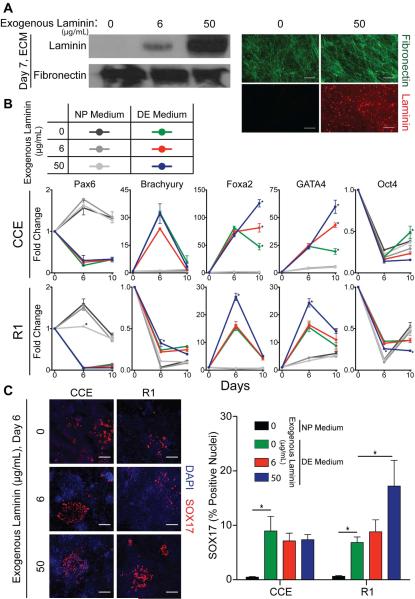Figure 6. Laminin containing ECM promotes DE induction.
3T3 fibroblasts were grown for 7 days in fibroblast culture medium supplemented with up to 50 μg/mL mouse laminin-111 (Southern Biotech). (A) The DOC-insoluble extracellular matrix was separated by SDS-PAGE and blotted for laminin and fibronectin (left). Maximum intensity z-stack projections were created from confocal cross-sections of the immunostained decellularized ECM (fibronectin (green), laminin (red)) (right). Scale bar is 20 μm. (B) 3T3 fibroblast-derived ECMs, grown with the indicated concentration of exogenous mouse laminin-111, were decellularized and reseeded for up to 10 days with pluripotent mouse ESCs (CCE and R1) in either neural progenitor (NP) or definitive endoderm (DE) differentiation medium. The fold-change in expression of neural progenitor (Pax6), mesoderm (Brachyury), definitive endoderm (Foxa2 and GATA4), and pluripotency (Oct4) markers were determined by quantitative PCR, relative to an initial population of pluripotent mouse ESCs at day 0 (mean ± standard error from 3 independent samples). (C) Immunofluorescent images of SOX17 (red) and DAPI (blue) stained nuclei were taken after CCEs and R1s has been differentiated on decellularized fibroblast-derived ECM for 6 days (left). Scale bar is 100 μm. The percentage of SOX17 positive nuclei was quantified (>103 nuclei/group) (mean ± standard error) (right). (B) * p < 0.05 as determined by ANOVA and is a comparison of gene expression on the culture substrates in the same induction medium. (C) * p < 0.05 as determined by ANOVA.

